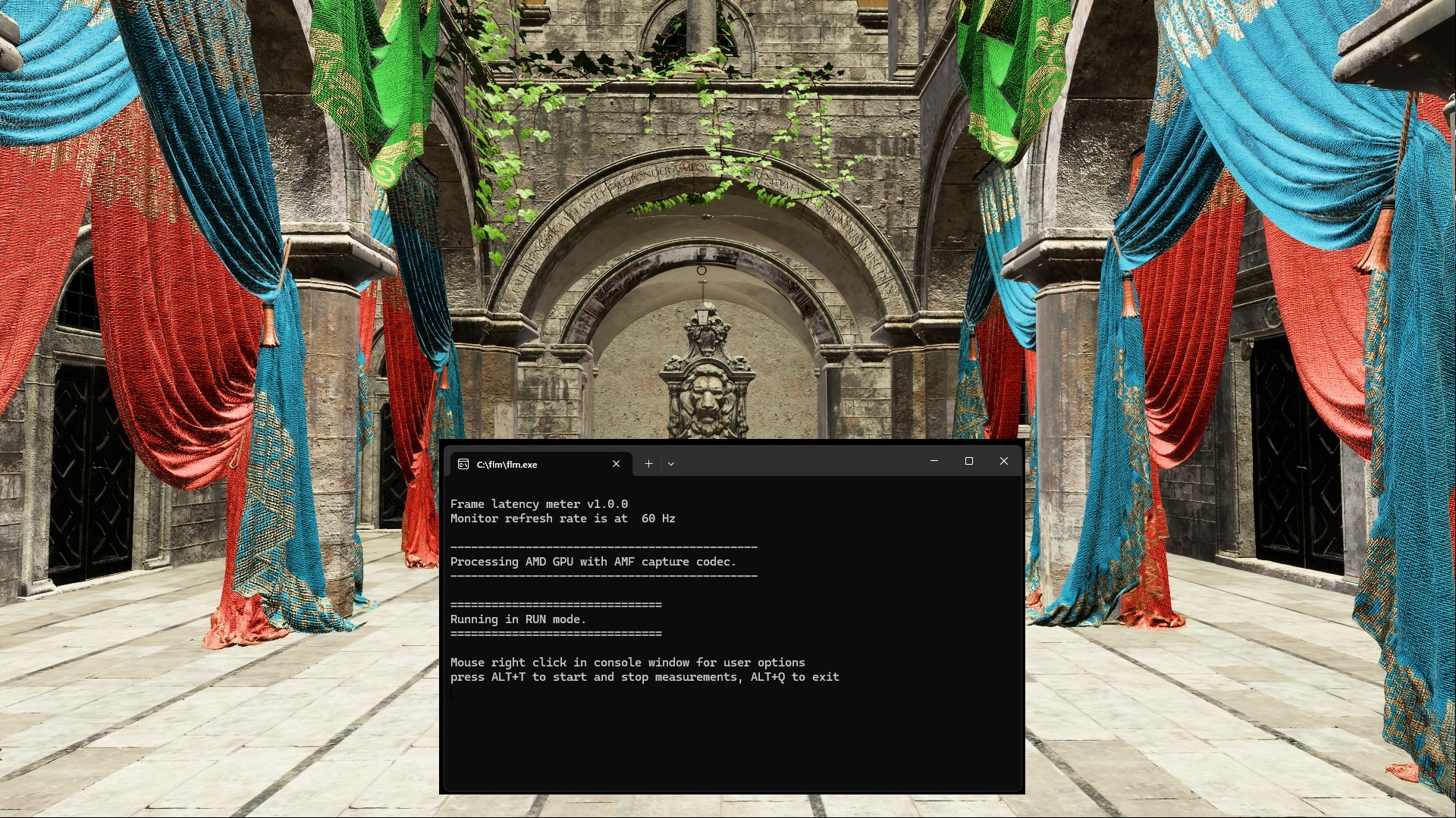Question:
On PC for example, using V-Sync + Triple Buffering with a 60 Hz Display and uncapped/unlimited ingame framerate seems to cause noticeable input lag.
But using the same setup (V-Sync + Triple Buffering with a 60 Hz Display) and additionally capping/limiting the ingame framerate at around 58 fps (with a framerate limiter for example) seems to reduce the input lag noticeably.
V-Sync + Triple Buffering with a 60 Hz Display and additionally capping/limiting the ingame framerate at around 60 fps (with a framerate limiter for example), the input lag seems to be no better than using no framerate limiter.
In other words: it seems like there would be less input lag when a framerate limiter (or something like "com_maxfps" CVAR for example or whatever) is used to cap/limit the framerate at 58 fps in addition to V-Sync + Triple Buffering.
And it seems like doing the same but capping/limiting the framerate at 60 fps or above instead of 58 fps would not reduce the input lag.
How could this be

? How could it be, that the input lag seems to be reduced when the framerate gets capped/limited at around 58 fps

?
And could something like that possibly also reduce input lag on other systems like consoles for example

?



